Conservation Tillage (Total Acres)
Purpose/Function:
This practice aims to reduce erosion and soil movement, as there is little to no disturbance of surface material. No-till farming, a form of conservation tillage, is used to seed the crop directly into vegetative cover or crop residue with no disturbance of the surface soil. Minimum tillage farming involves some disturbance of the soil, but uses tillage equipment that leaves much of the vegetative cover or crop residue in place.
Initiation protocol:
Contact the local Soil Conservation District or University of Maryland Extension for assistance. Operators simply plant the next crop in the reaming residue from the previous planting season.
Public acceptance:
Widely accepted and implemented.
Implementation Factors (level of difficulty):
Easy.
Funding Sources / Options:
Incentives for farmers to utilize conservation tillage are currently farmer funded. The State of Maryland offers an income tax subtraction modification to help farmers offset costs associated with buying certain types of conservation tillage equipment.
Costs:
Costs estimated as $ per acre of practice installed.
| Cost Estimates | EPA | MDA | Average |
| Initial | $- | $- | $- |
| Annual | $29 | $17 | $23 |
| Lifespan (yrs) | 1 | 1 | 1 |
| Annualized | $29 | $17 | $23 |
Load Reduction Efficiency:
Average Total Nitrogen removed per acre of practice per year
|
Low 0.26 lbs. |
Medium 0.48 lbs. |
High 2.12 lbs. |
Cost per pound removed between $11 and $88
Average Total Phosphorous removed per acre of practice per year
|
Low 0.01 lbs. |
Medium 0.06 lbs. |
High 0.12 lbs. |
Cost per pound removed between $192 and $2,300
Average Total Suspended Solids removed per acre of practice per year
|
Low 9 lbs. |
Medium 26 lbs. |
High 332 lbs. |
Cost per pound removed between $0.07 and $2.56
Operation & Maintenance:
Climate Change Considerations:
Soils store carbon, so reducing tillage improves the ability for soils to act as a sink. Emissions are reduced as less fossil fuels are burned because the fields are not turned over with equipment. No-till farming has been shown to sequester 506 pounds of carbon per year.
Planning Questions to Consider:
Technical Notes:
Related Best Management Practices
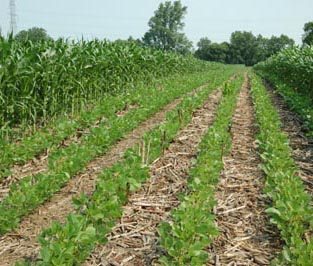
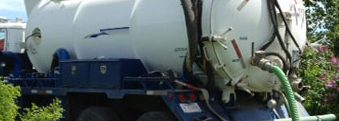


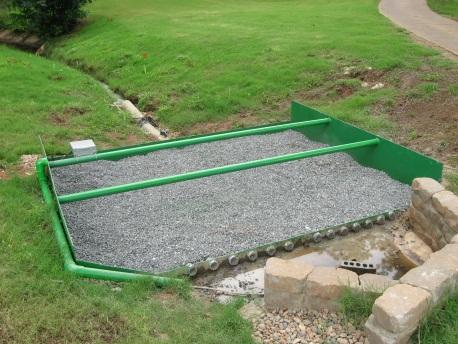
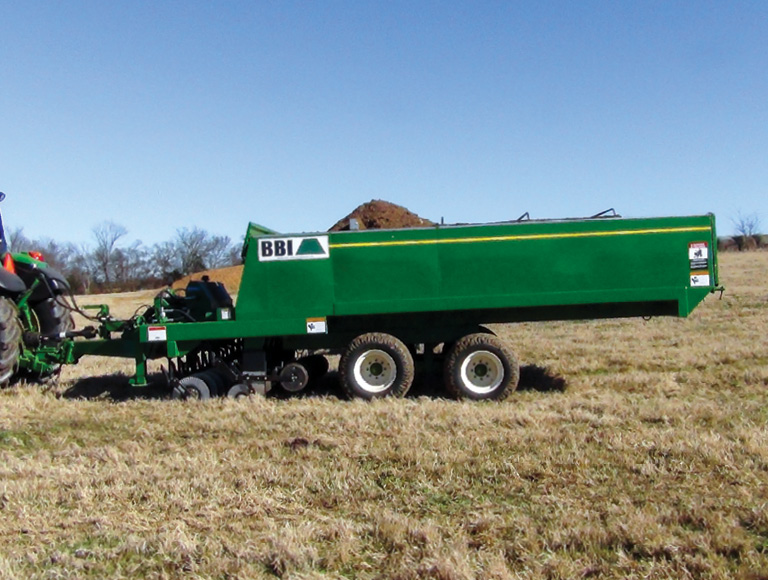
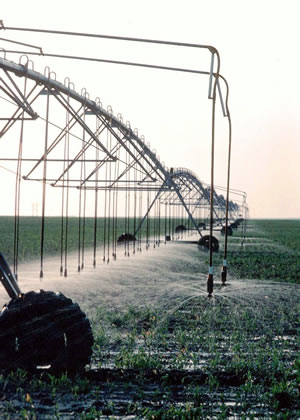
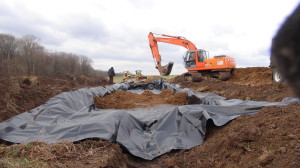
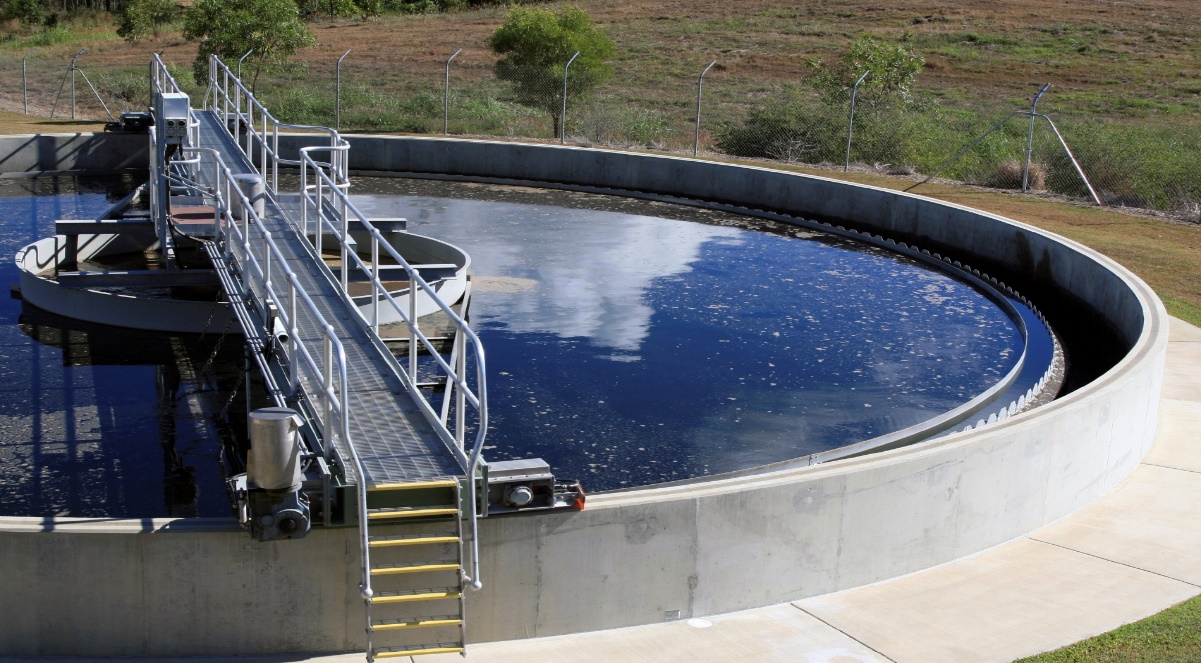


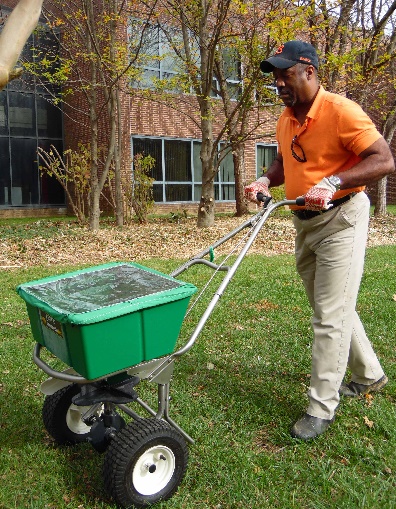

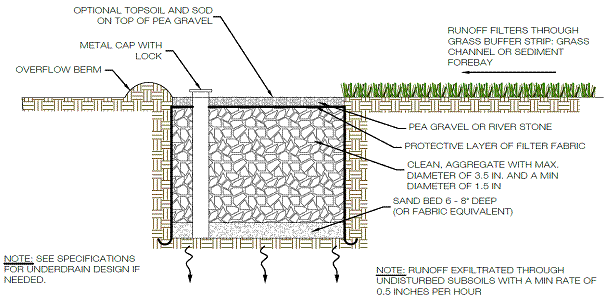
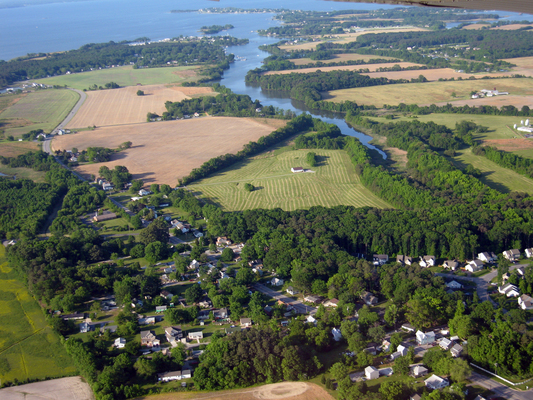
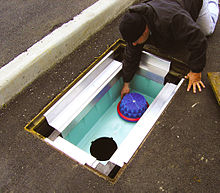
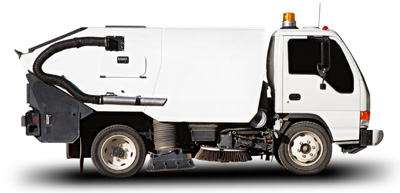
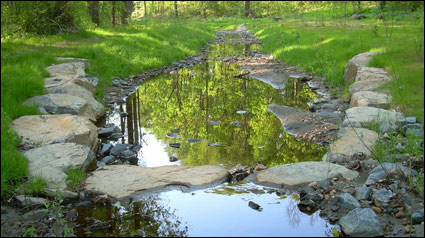
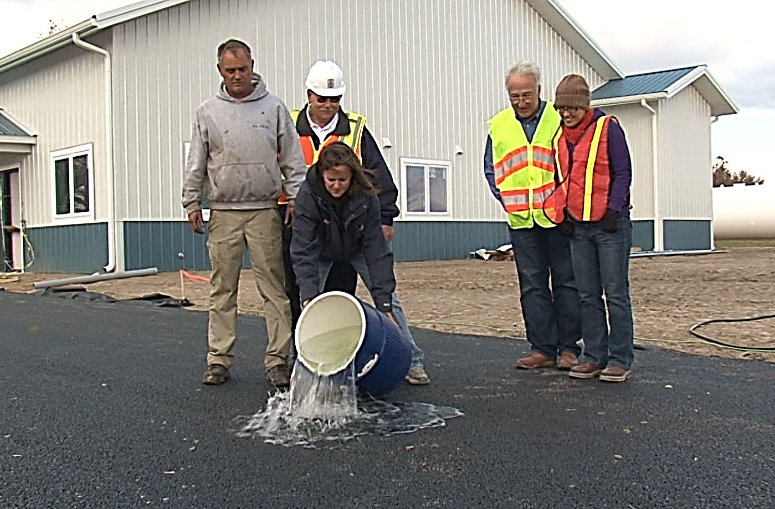
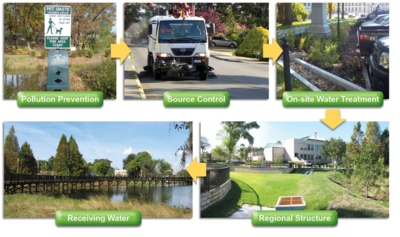

Feedback on This Best Practice